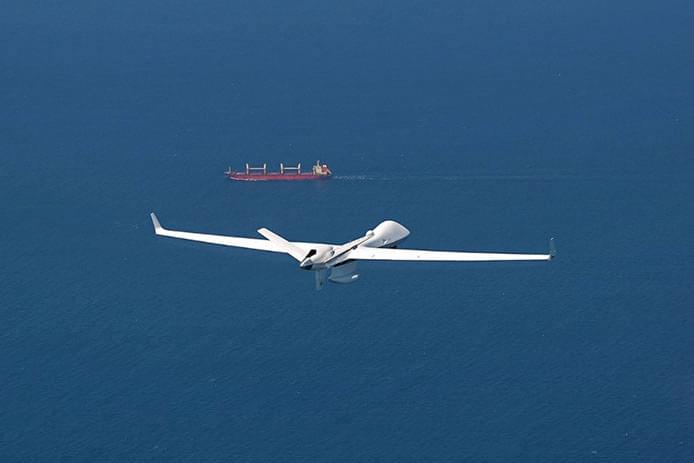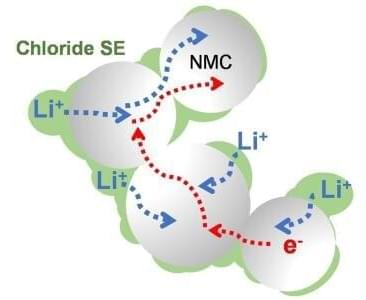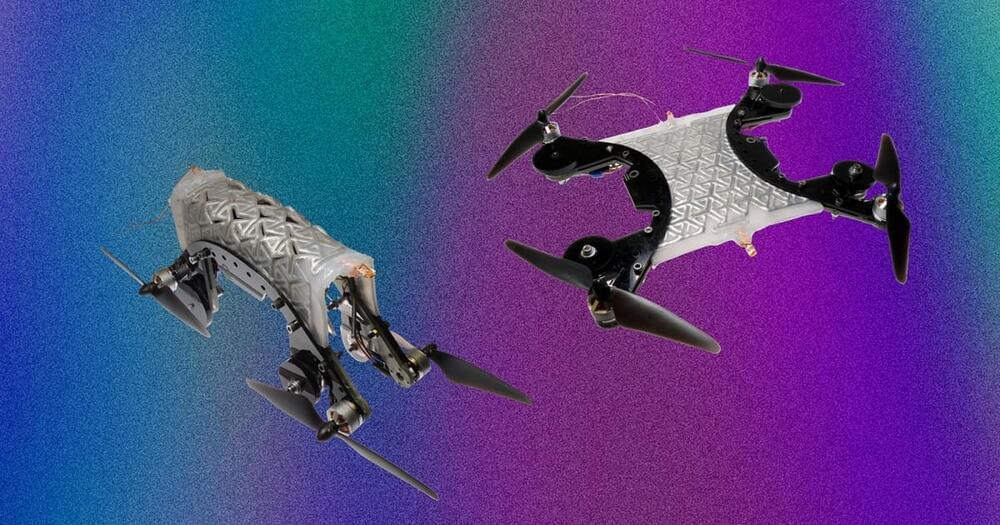Previously, aircraft ✈️ had to fly at 1,500 to 5,000 feet for airborne radars to detect illegal activity in our seas 🌊. With SeaVue Multi-Role, pilots can fly as… See more.
In some parts of the world, the sea is lawless, fraught with piracy, smuggling and illegal fishing.
To help navies and coastal authorities combat illegal activity, Raytheon Intelligence & Space has developed the SeaVue family of airborne radars, which detect small maritime targets such as illegal fishing vessels, go-fast boats and stateless ships—ships not registered to a country or government, on the high seas. RI&S engineers have added a new, upgraded radar to the family called SeaVue Multi-Role.
The radar works with RI&S’ AN/DAS-4 Multi-spectral Targeting System, an electro-optical/infrared sensor, to image the targets, providing operators with enhanced actionable intelligence.









